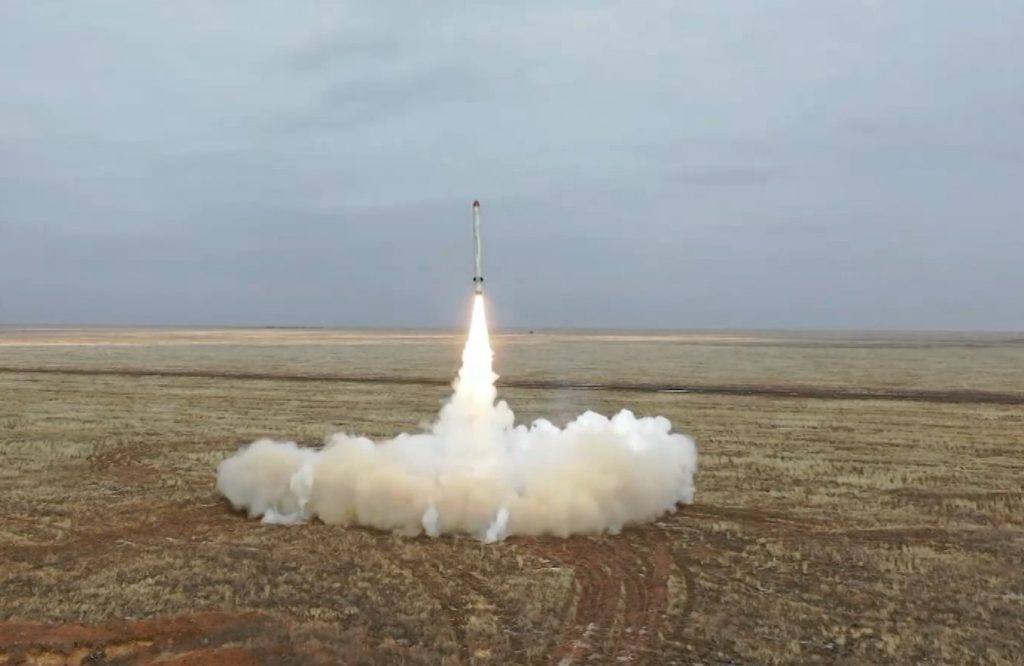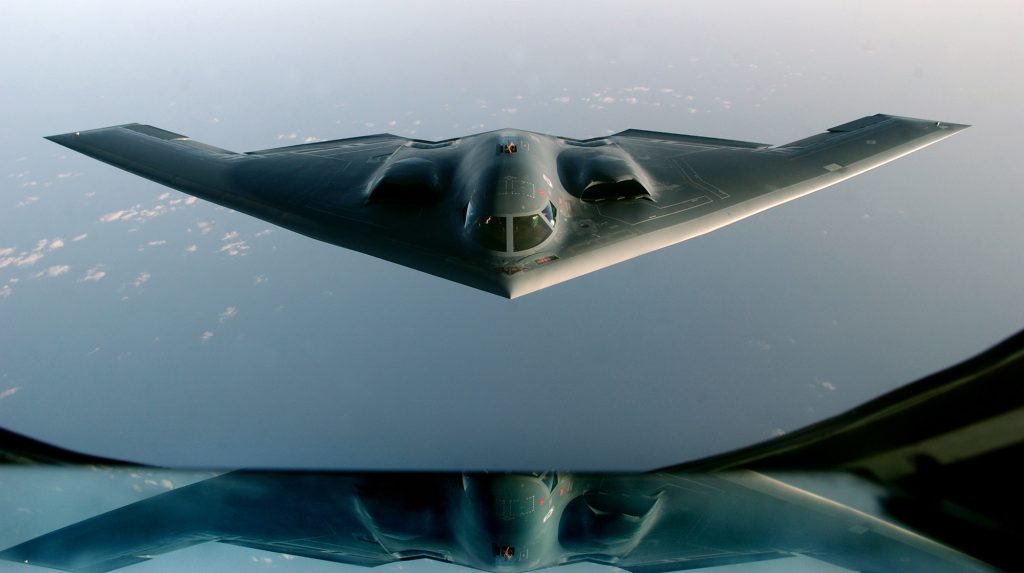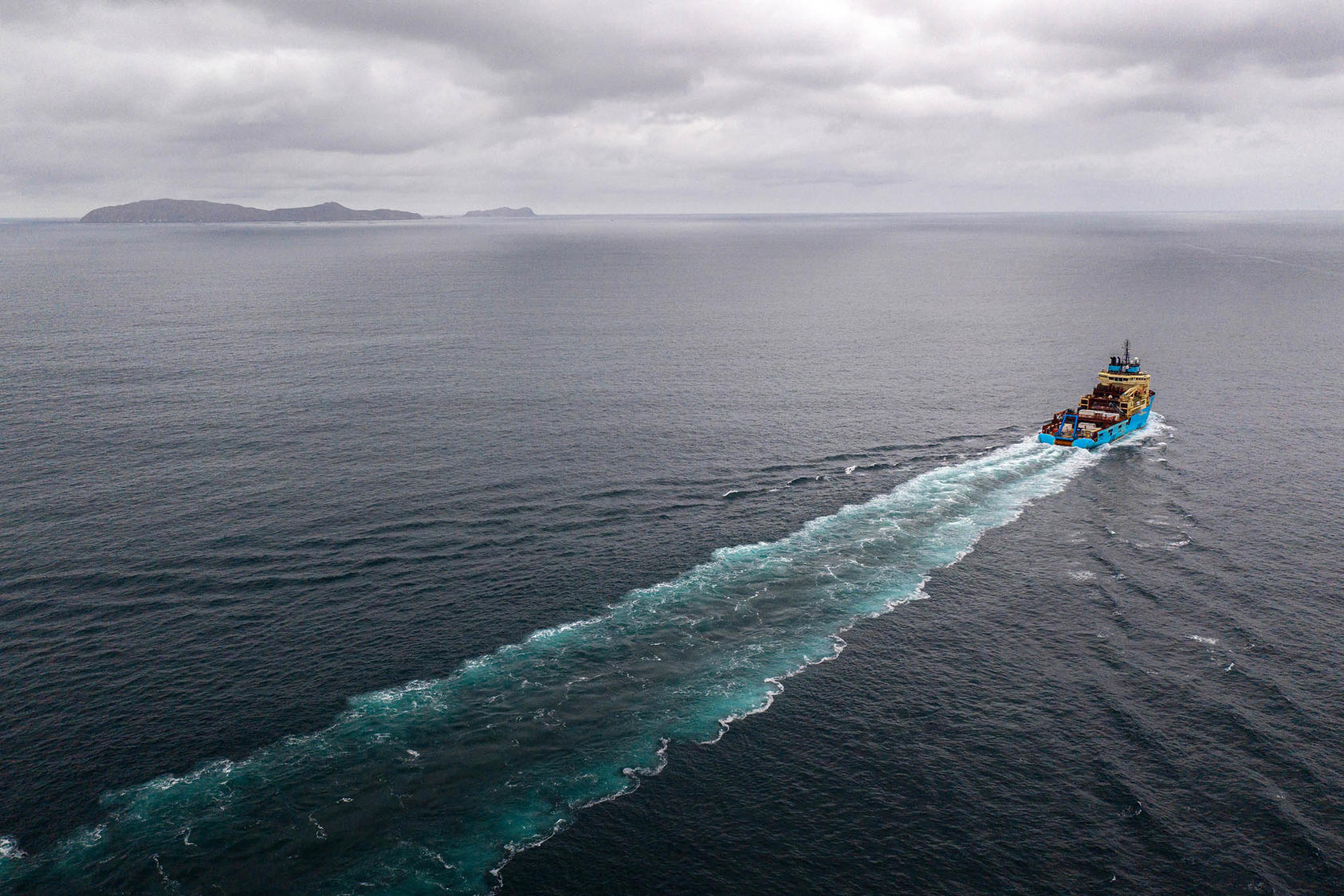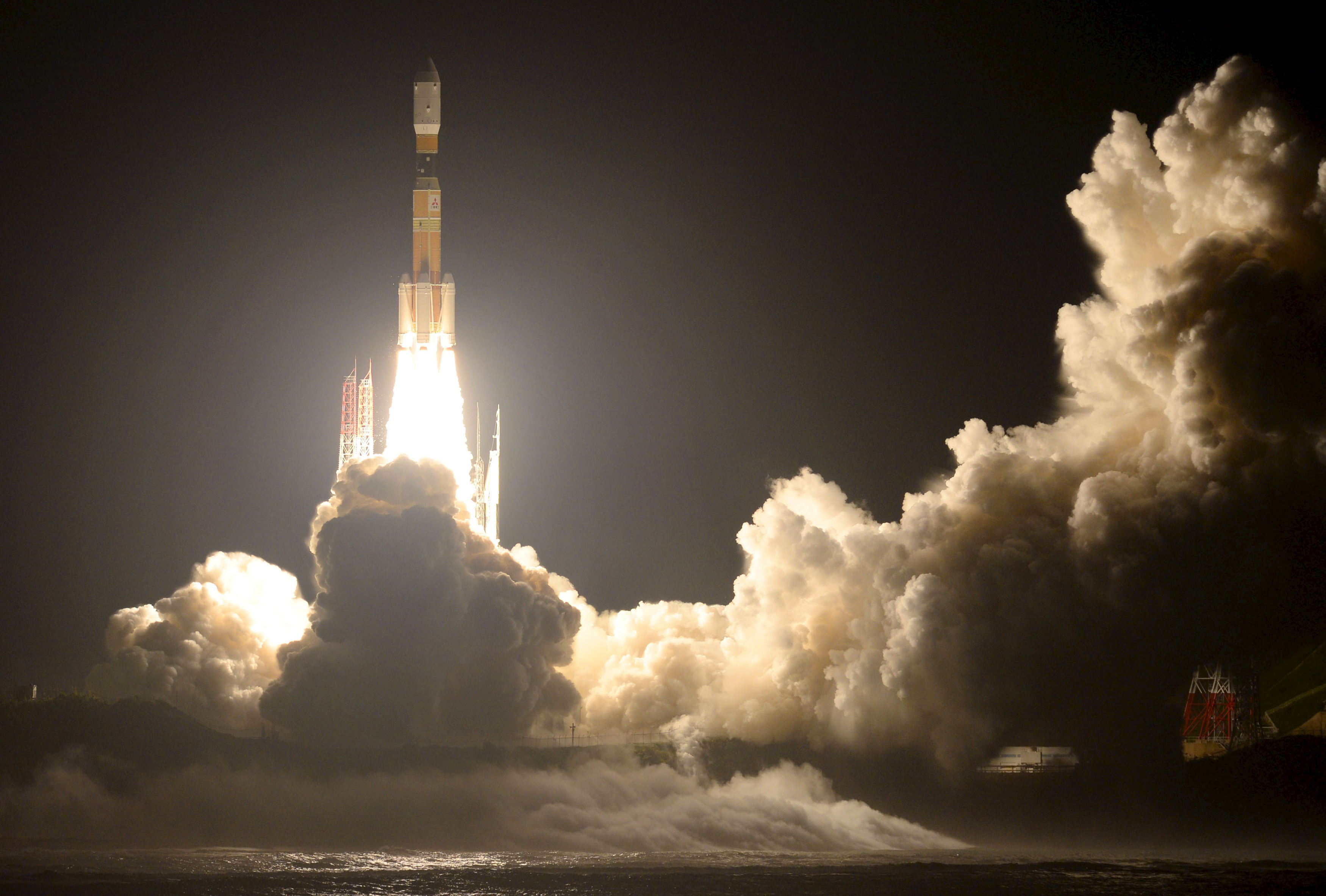Liran Antebi
The Russian attack carried out in October 2022 on Kyiv using Iranian-made suicide drones, which caused widespread death and destruction, should be reviewed and studied by Israel. It appears, both based on photos of the aircraft in the air and based on remains of the aircraft at the various attack sites, that the drones used were Shahed 136 drones. Although currently this does not present as a weapon with decisive potential, the pictures from Ukraine should worry every citizen and decision maker in Israel concerning the next round of fighting that might involve Israel.
The Shahed-136 are relatively cheap drones (compared to Western drone models that operate in a similar manner) at a price of about $20,000 each. The drones have the ability to carry a warhead estimated at about 40 kg and have a flight range of about 2,500 km, which is relevant to Israel both in a possible conflict on the border and in the case of launches from a greater distance, for example from deep inside Lebanon or from Iran itself. These aircraft cruise at a relatively low altitude, which usually helps them avoid radar detection (there are also claims that so far have not been fully substantiated regarding certain stealth capabilities of these aircraft) and they belong to the family of loitering munitions. They are also called kamikaze drones, as they explode on their target and in doing so destroy themselves.








 A Rydberg receiver and spectrum analyzer detects a wide range of real-world radio frequency signals above a microwave circuit including AM radio, FM radio, Wi-Fi and Bluetooth. (U.S. Army illustration)
A Rydberg receiver and spectrum analyzer detects a wide range of real-world radio frequency signals above a microwave circuit including AM radio, FM radio, Wi-Fi and Bluetooth. (U.S. Army illustration)




